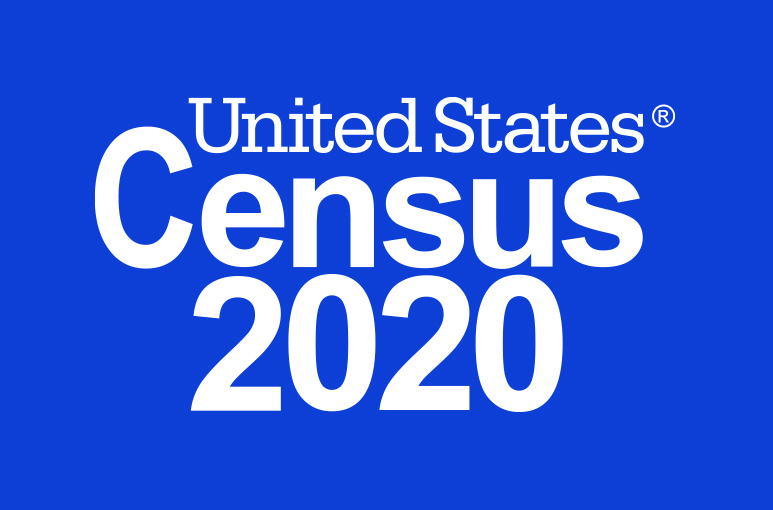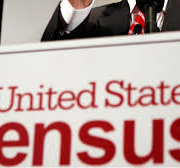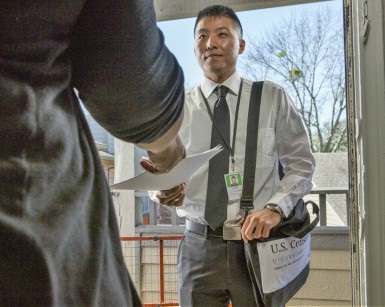Participation will determine federal funding and representation for local residents.
San Rafael, CA – The Marin County Board of Supervisors on July 9 will consider authorization of a public outreach contract to increase awareness and maximize local participation in the 2020 U.S. Census.
On June 27, the U.S. Supreme Court blocked the addition of a citizenship question on the census sought by the Trump Administration. On July 2, the White House said it would print the census forms without a citizenship question. Local plans for administering the census on April 1, 2020, are moving forward.
“An accurate census count is critical not only on a national scale but here in Marin County,” said Board President Kate Sears, Co-Chair of Marin’s Complete Count Committee. “With an accurate count, we learn more about who we are, how we’re growing, and what our needs are now and in the future.”
Supervisor Dennis Rodoni, the Complete Count Committee Co-Chair, said census participation secures federal funding for many programs and services. “People living here depend on those programs to live safe, secure, healthy lives,” he said. “Undercounting would limit that funding and skew numbers that help assure accurate voter representation.”
On February 5, 2019, the Board approved an $100,000 opt-in outreach agreement from the California Complete Count Census 2020 office to fund outreach and assistance activities to ensure a complete and accurate count for the 2020 census. The County and the Marin Community Foundation have contributed an additional $50,000 each toward the effort. On July 9, the Board plans to consider an agreement with Canal Alliance, in the not-to-exceed amount of $120,000, to conduct countywide outreach for all hard-to-county local populations.
According to preliminary data, the Marin residents least likely to fill out a census form or considered “hard to count” by census workers are those living in West Marin, Marin City, San Rafael’s Canal neighborhood and Lincoln Avenue, and pockets of downtown Novato. “Hard-to-count” populations include racial and ethnic minorities, people who speak languages other than English, those with low internet proficiency, young people who move frequently or have plans to move soon, and rural residents, all people at risk of low response. Others might be willing but have limited access to technology and, as a result, are considered difficult to reach by an online survey.
This census is being labeled as the “first digital census” whereby households will have the option of responding online, by mail, or by phone. Nearly every household will receive an invitation to participate in the census from either a postal worker or a census worker, but it’s expected that 95 percent of residents will receive an invitation by mail. To spread out the number of users responding online, the U.S. Postal Service will stagger the delivery of the invitations over several days. By its own estimates, the federal government expects less than 1 percent of households will be counted in person by a census official, most of those being residents living in remote areas.
Earlier this year, the County’s Community Development Agency (CDA) – in partnership with the City of San Rafael, City of Novato and the Canal Alliance – created MarinCensus2020.org and established a Complete Count Committee comprised of a wide variety of residents. The committee’s goal is to help create encouraging messages that explain the importance of the census and assure confidentiality. About 50 committee members met in March. They are working with state, regional, and local community organizations to coordinate census promotions in different languages.
“One vital way to increase participation is by reaching people in the languages they are most comfortable speaking,” Rodoni said. “People who live here are part of the Marin community, and the more we know the better we can serve them in culturally sensitive and authentic ways.”
In 1990, an estimated 4 million Californians were not counted, leading to the loss of a seat in the U.S. House of Representatives and a shortfall of about $2 billion in federal funding. The state received an estimated $115 billion in federal funding in 2016-17 tied to the state’s population count.
Five barriers have been identified that might prevent people from participating:
- concerns about data privacy and confidentiality;
- the fear of repercussions;
- distrust in all levels of government;
- the feeling that it doesn’t matter to be counted; and
- the belief that filling out the census form might not benefit the participant.
Questions about the census? Most are answered on MarinCensus2020.org and www.census.gov.
Note: Press release retrieved from https://www.marincounty.org/main/county-press-releases/press-releases/2019/cda-census-020519.


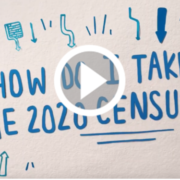
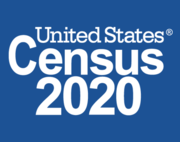
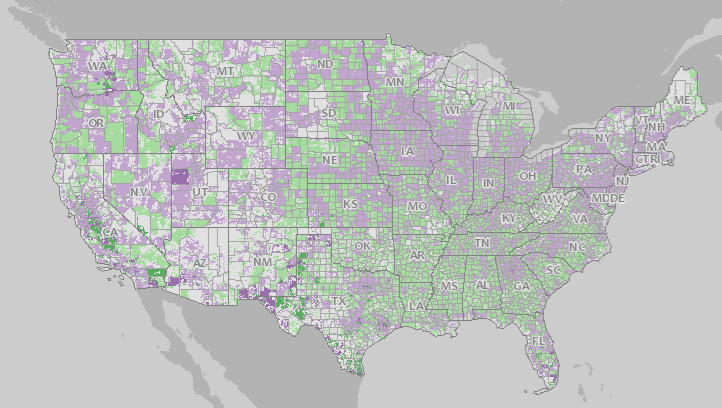
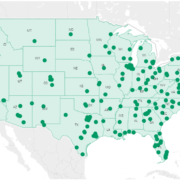
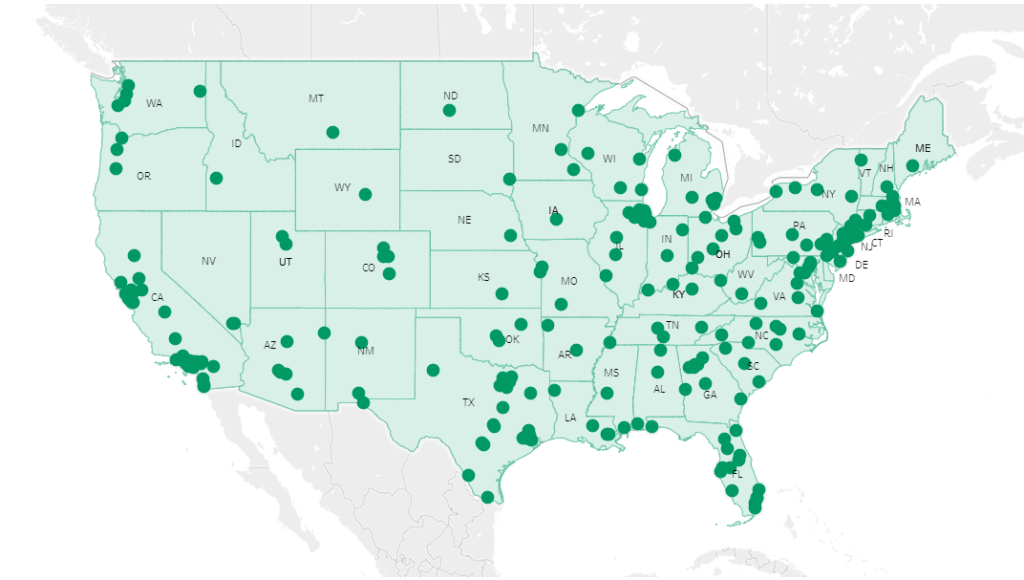

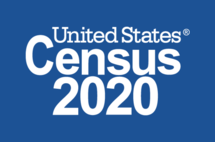
 The 2020 Census will count every person living in the 50 states, the District of Columbia, and the five U.S. territories.
The 2020 Census will count every person living in the 50 states, the District of Columbia, and the five U.S. territories.


